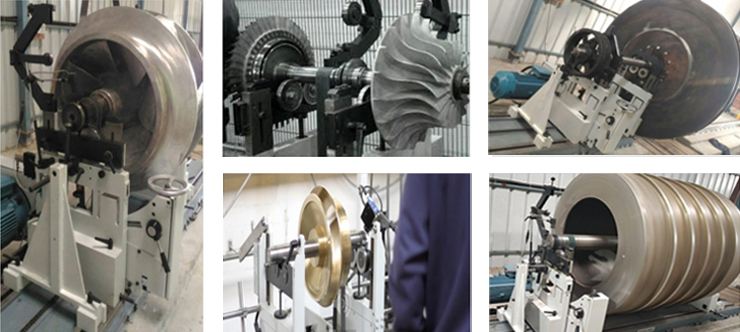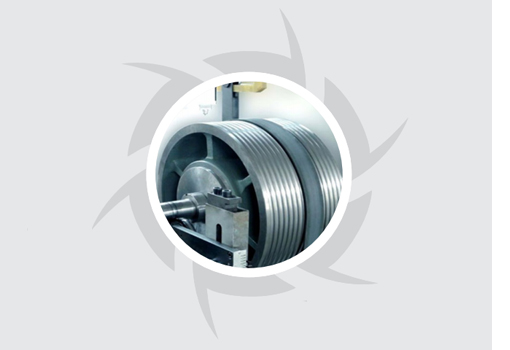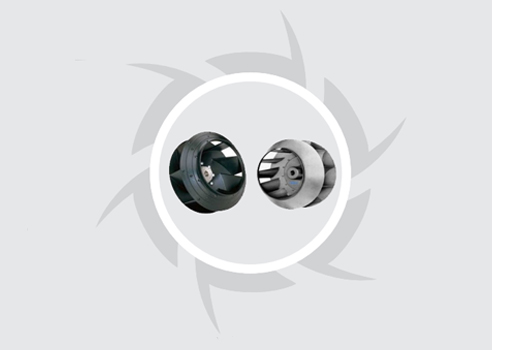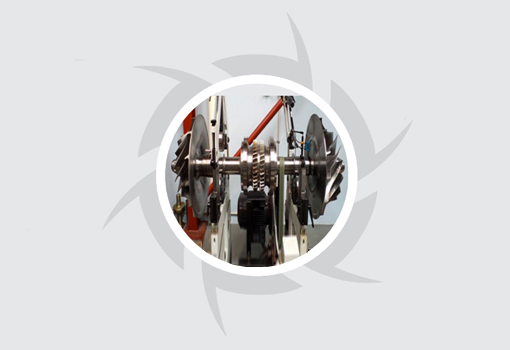Welcome to PRAKASH BALANCING TECHNOLOGIES
Welcome to PRAKASH BALANCING TECHNOLOGIES
WHAT IS DYNAMIC BALANCING ?
Dynamic balancing definition:
'Dynamic balancing is a Way of balancing machines by rotating parts quickly and measuring the imbalance using electronic equipment.
The imbalance measured can then be corrected by adding or subtracting weight from the rotating parts until the vibration is reduced. Basically, all machines have some form of residual vibration. Enormous vibration in rotating machinery can cause high levels of noise and more importantly.
Significantly reduce the life of components. So, the ideal thing to do would be to remove all causes of vibration and allow the machine to run completely smooth. The process of balancing is the removal or addition of weight to the device, so that this effective mass center approaches the true axis.
In addition to dynamic balance, there is also static balance. When a part is statically balanced, the center of gravity is on the axis of the rotation. This means the part will stay stationary at a horizontal axis, without the application of braking force. It also has no tendency to rotate due to the force of the gravity.
Our Dynamic Balancing Procedures
We provide balancing services to companies in the PUNE Maharashtra as well as all over India, who have rotors, fans, impellers or shafts that need to be balanced dynamically.
Our dynamic balancing machine can handle loads of up to 5000Kg, up to 9 meters in length and can balance them down to ISO G- 2.5,G1 & 0.4. This is the finest grade of balance. We can balance any item up to a service speed of 100,000 Rpm.
After the job is completed, we will deliver all items back to you, with the addition of a balancing certificate highlighting the initial and residual out of balance readings & final Archivment Result as per balanced grade.
Reasons you Might Require Dynamic Balancing
• Impeller erosion
• Dust deposition /To remove dirt build-up
• Casting imperfections, voids and inclusions
• Thermal and mechanical distortion
• Internal part corrosion
• Mismatched lengths of keys and keyways
• Parts haven't been assembled properly
• Shifting mass due to lose parts or poorly Tapered hub fits
• Previous balancing attempts have been unsuccessful
• Structure Level Not Maintain as per Machine Standard
• Manufacturing Defect



